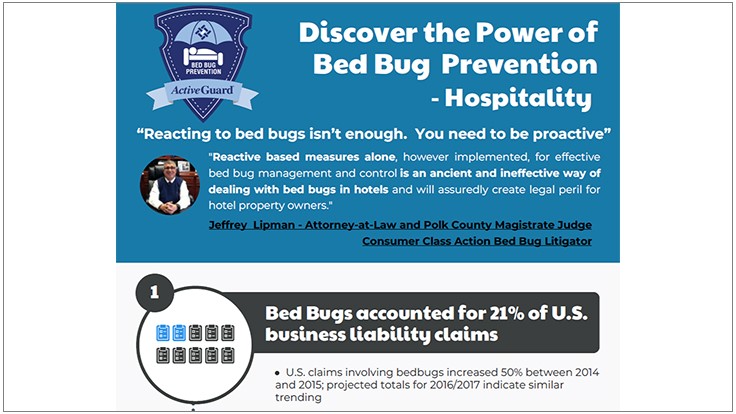Learn Vital Approaches To Safeguard Your Home From Rats In The Attic Room
Learn Vital Approaches To Safeguard Your Home From Rats In The Attic Room
Blog Article
Authored By-Thybo Garza
Imagine your attic as a comfortable Airbnb for rats, with insulation as fluffy as hotel pillows and electrical wiring extra attracting than room service. Now, think of these undesirable guests tossing a wild celebration in your house while you're away. As a house owner, ensuring your attic is rodent-proof is not nearly assurance; it's about securing your residential or commercial property and enjoyed ones. So, what simple actions can you require to secure your sanctuary from these hairy trespassers?
Check for Access Information
To begin rodent-proofing your attic room, examine for entry points. Begin by thoroughly checking out the exterior of your home, trying to find any type of openings that rodents could utilize to access to your attic. Look for spaces around energy lines, vents, and pipes, as well as any kind of fractures or holes in the foundation or house siding. Make sure to pay very close attention to areas where different building products meet, as these prevail entrance points for rats.
Furthermore, examine linked web site for any harmed or missing out on shingles, as well as any type of voids around the sides where rodents might squeeze via. Inside the attic room, search for signs of existing rodent task such as droppings, ate cords, or nesting products. Utilize a flashlight to thoroughly examine dark corners and hidden rooms.
Seal Cracks and Gaps
Evaluate your attic room thoroughly for any kind of fractures and voids that require to be sealed to prevent rats from getting in. Rodents can squeeze via even the tiniest openings, so it's critical to secure any type of potential access factors. Inspect around pipes, vents, cables, and where the walls meet the roofing. Use see here of steel woollen and caulking to seal these openings effectively. Steel wool is a superb deterrent as rats can't eat via it. Make certain that all voids are securely secured to deny access to undesirable parasites.
Don't ignore the value of sealing spaces around doors and windows also. Usage climate removing or door sweeps to seal these locations efficiently. Examine the areas where utility lines go into the attic and secure them off utilizing an appropriate sealer. By putting in the time to secure all fractures and gaps in your attic room, you create a barrier that rats will certainly find challenging to breach. Avoidance is type in rodent-proofing your attic room, so be extensive in your initiatives to seal any prospective entrance factors.
Remove Food Resources
Take proactive measures to eliminate or store all possible food resources in your attic to discourage rats from infesting the area. Rats are attracted to food, so eliminating their food resources is important in maintaining them out of your attic room.
Here's what you can do:
1. ** Store food firmly **: Prevent leaving any type of food items in the attic room. Shop all food in impermeable containers made from metal or sturdy plastic to stop rodents from accessing them.
2. ** Clean up debris **: Remove any kind of stacks of debris, such as old papers, cardboard boxes, or wood scraps, that rats could use as nesting material or food sources. Keep the attic room clutter-free to make it less attractive to rodents.
3. ** Dispose of rubbish effectively **: If you use your attic for storage and have trash or waste up there, ensure to throw away it regularly and properly. Decaying garbage can draw in rodents, so maintain the attic room tidy and devoid of any kind of organic waste.
Verdict
In conclusion, keep in mind that an ounce of prevention deserves an extra pound of remedy when it pertains to rodent-proofing your attic room.
By putting in the time to examine for entrance points, seal splits and voids, and eliminate food resources, you can maintain undesirable insects away.
Keep in mind, 'An ounce of avoidance is worth an extra pound of treatment' - Benjamin Franklin.
Keep aggressive and secure your home from rodent infestations.
